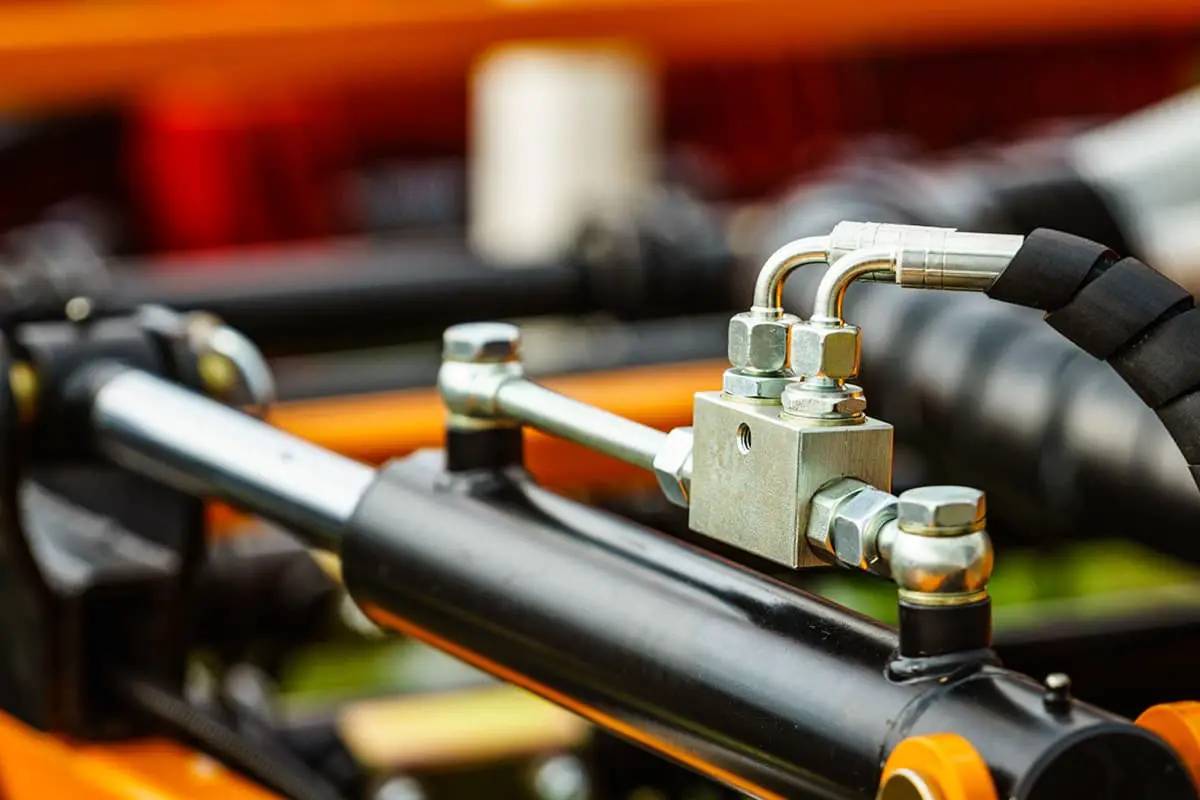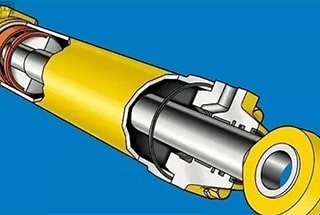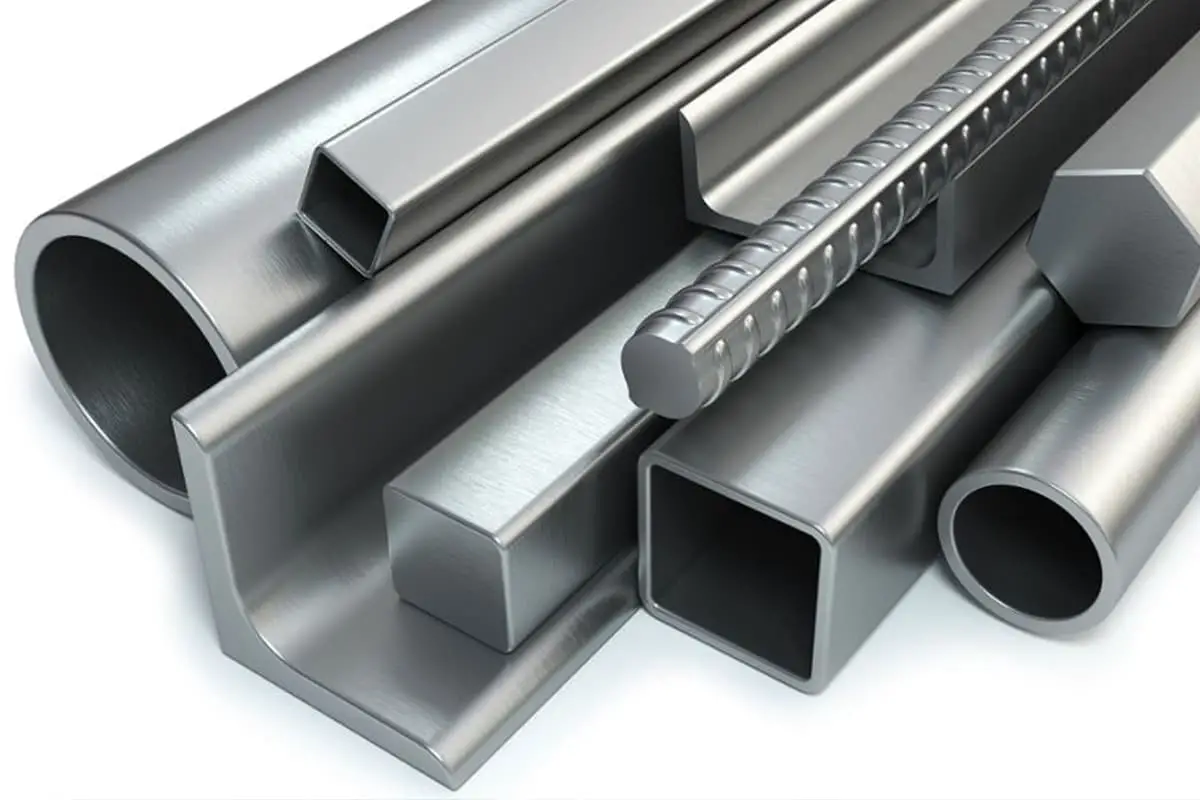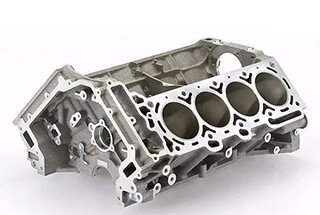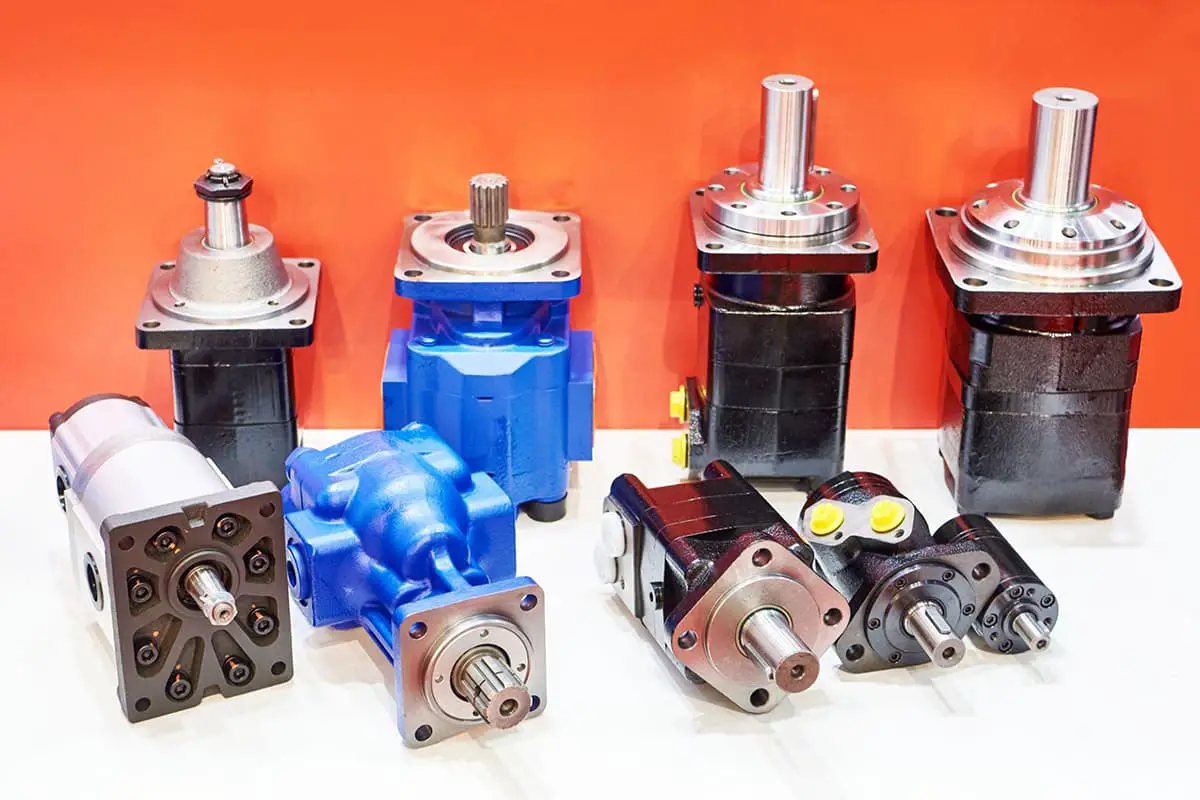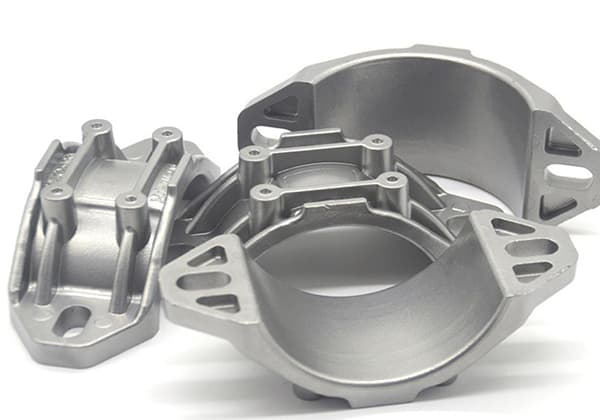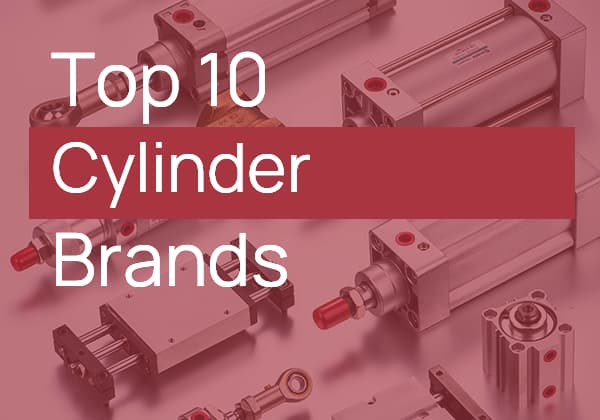
Have you ever wondered what those colorful gas cylinders in industrial settings contain? As a mechanical engineer with over a decade of experience, I’m here to demystify the gas cylinder color coding system. In this article, we’ll explore the standardized color codes and markings used to identify various gases, ensuring safety and efficiency in the workplace. Get ready to dive into the fascinating world of gas cylinder identification!
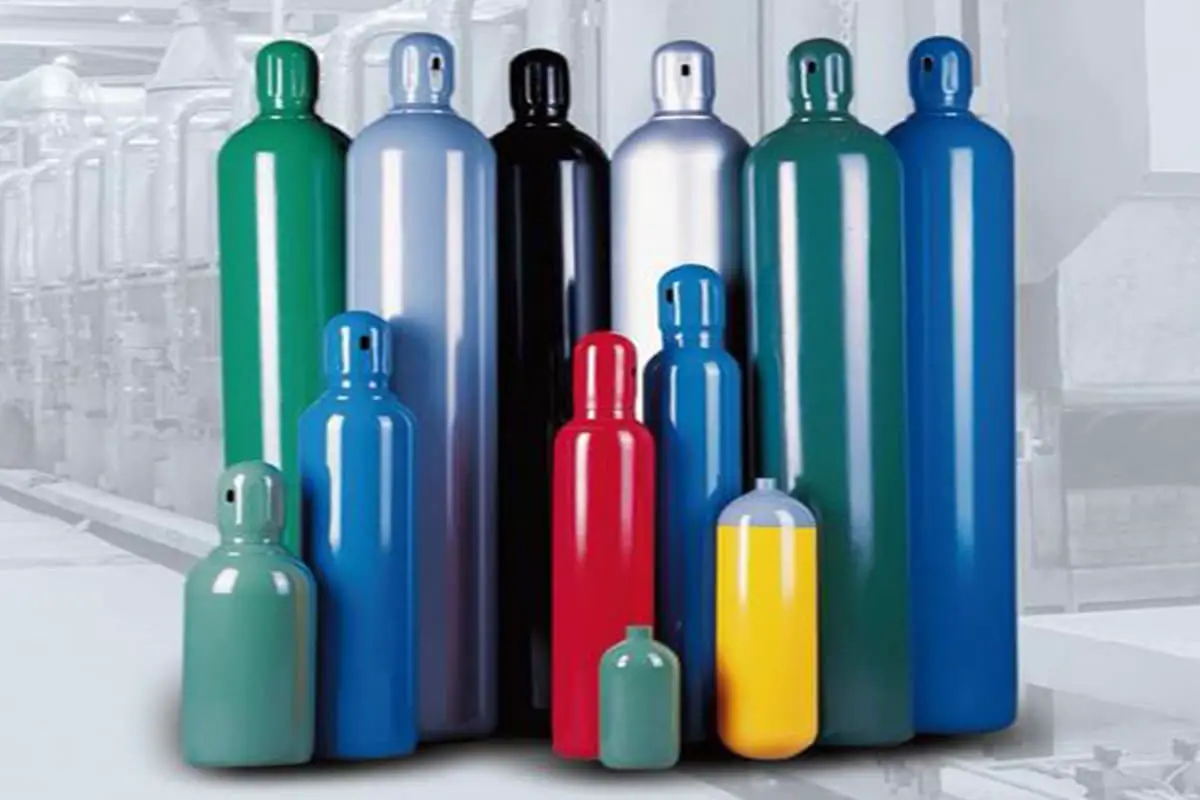

Table 1. Gas Cylinder Color Code Chart
| No. | Gas Name | Chemical Formula | Cylinder Color | Lettering | Letter Color | Ring Color | |
| 1 | Acetylene | C2H2 | White | Acetylene – Keep away from open flame | Bright red | ||
| 2 | Hydrogen | H2 | Light green | Hydrogen | Bright red | P = 20, light yellow single ring | |
| P = 30, light yellow double ring | |||||||
| 3 | Oxygen | O2 | Light (thioindigo) blue | Oxygen | Black | P = 20, white single ring | |
| 4 | Nitrogen | N2 | Black | Nitrogen | Light yellow | P = 30, white double ring | |
| 5 | Air | Black | Air | White | |||
| 6 | Carbon Dioxide | CO2 | Aluminum white | Liquid Carbon Dioxide | Black | P = 20, black single ring | |
| 7 | Ammonia | NH3 | Light yellow | Liquid Ammonia | Black | ||
| 8 | Chlorine | Cl2 | Dark green | Liquid Chlorine | White | ||
| 9 | Fluorine | F2 | White | Fluorine | Black | ||
| 10 | Tetrafluoromethane | CF4 | Aluminum white | Freon-14 | Black | ||
| 11 | Methane | CH4 | Brown | Methane | White | P = 20, light yellow single ring | |
| P = 30, light yellow double ring | |||||||
| 12 | Natural Gas | Brown | Natural Gas | White | |||
| 13 | Ethane | C2H6 | Brown | Liquefied Ethane | White | P = 15, light yellow single ring | |
| P = 20, light yellow double ring | |||||||
| 14 | Propane | C3H8 | Brown | Liquefied Propane | White | ||
| 15 | Butane | C4H10 | Brown | Liquefied Butane | White | ||
| 16 | Liquefied Petroleum Gas (LPG) | Industrial use | Brown | Liquefied Petroleum Gas | White | ||
| Residential use | Silver gray | Liquefied Petroleum Gas | Bright red | ||||
| 17 | Ethylene | C2H4 | Brown | Liquefied Ethylene | Light yellow | P = 15, white single ring | |
| P = 20, white double ring | |||||||
| 18 | Argon | Ar | Silver gray | Argon | Dark green | P = 20, white single ring P = 30, white double ring | |
| 19 | Helium | He | Silver gray | Helium | Dark green | ||
| 20 | Neon | Ne | Silver gray | Neon | Dark green | ||
| 21 | Krypton | Kr | Silver gray | Krypton | Dark green | ||
| 22 | Carbon Monoxide | CO | Silver gray | Carbon Monoxide | Bright red | ||
(1) Used within the inspection period:
a. Seamless steel gas cylinders:
Cylinders for corrosive gases, diving cylinders, and cylinders in contact with seawater shall be inspected every 2 years. General purpose cylinders shall be inspected every 3 years. Inert gas cylinders shall be inspected every 5 years. Cylinders that have exceeded 30 years of service life shall be registered and scrapped without inspection.
b. Welded steel gas cylinders:
Cylinders for corrosive gases shall be inspected every 2 years. General purpose cylinders shall be inspected every 3 years. Corrosive gas cylinders shall be scrapped after 12 years.
c. Liquefied gas cylinders:
From the date of manufacture, the inspection period for the first three inspections is 4 years each, and the inspection period for the fourth inspection is 3 years. They shall be scrapped after 15 years.
d. Acetylene gas cylinders: Inspected every 3 years.
(2) The gas cylinder shall have no defects, mechanical damage, or severe corrosion. Corrosion spots should be less than 2mm × 200mm.
(3) The paint color, lettering, and ring markings on the gas cylinder surface shall comply with the regulations and shall have a gas cylinder warning label. (See Table 2-1-1 in the attached document)
(4) All safety accessories shall be complete and intact – Gas cylinder accessories include burst disks, safety valves, fusible alloy plugs, cylinder valves, cylinder caps, and shock-absorbing rings.

